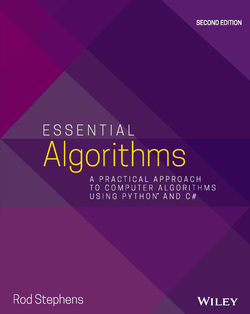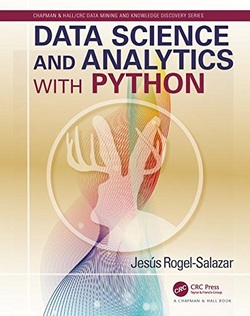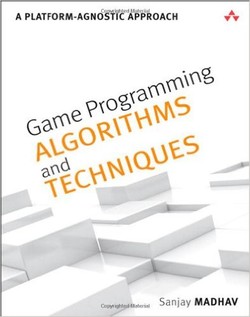سال انتشار: 2019 | تعداد صفحات: 534 | حجم فایل: 38.46 مگابایت | زبان: انگلیسی
An Elementary Approach to Design and Analysis of Algorithms (Primers in Electronics and Computer Science)
نویسنده:
Lekh Raj Vermani, Shalini Vermani
ناشر:
World Scientific Publishing Company
ISBN10:
1786346753
ISBN13:
9781786346759




































